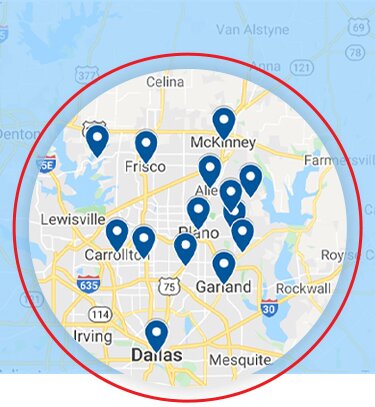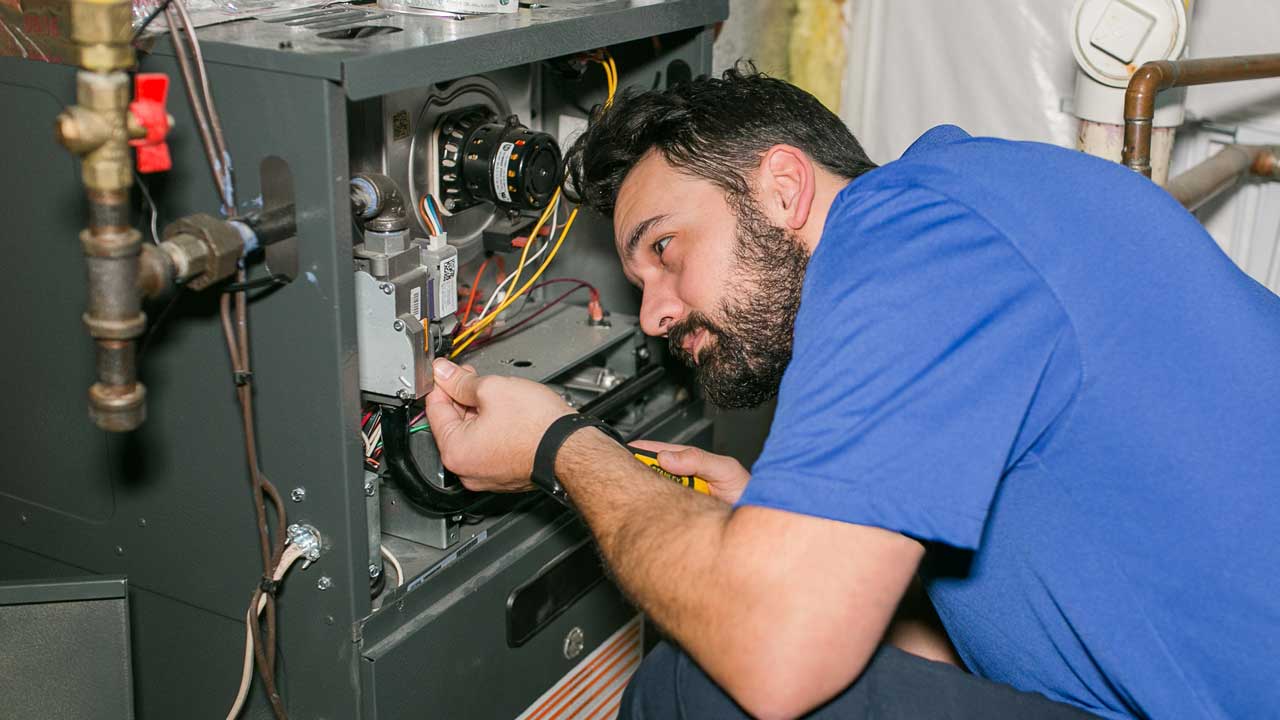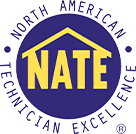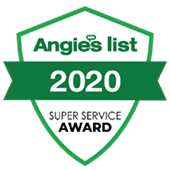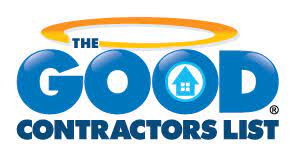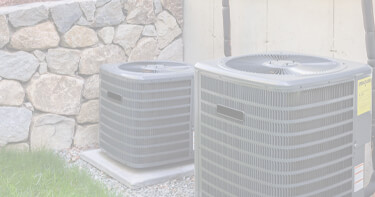
10 Common Furnace Repair Issues You Should Know About
When your furnace fails to keep you warm, several underlying causes could contribute to its malfunction. It’s important for homeowners to understand the common types of furnace repair problems so they can contact a professional for heating repair. In this blog, we break down all the most common types of furnace failures and their underlying causes.
1. Dirty Ductwork
Filthy ducts clogged with dust and debris can limit the amount of hot air that circulates throughout your home. If you’re experiencing poor airflow with cold spots around the home, it could be a sign that your ductwork needs a thorough cleaning. You can check the airflow by feeling the air in front of your vents to see if warm air is circulating as it should.
2. Clogged Filters
All furnaces have air filters that help keep your ductwork cleaner. These filters eliminate dirt, allergens, and other pollutants hiding out in your air supply. If you fail to change your air filter every 45 to 90 days, your furnace may not operate effectively. When you notice sudden spikes in heating expenses and cooler temperatures in the home, it could be a sign that your system is overworking itself due to a clogged filter.
3. Faulty Starter
Your furnace’s starter mechanism is what jump-starts its heating cycle. Older furnaces may rely on a pilot light, while newer models typically use electrical ignitions. In some cases, your furnace may fail to start or begin short-cycling. When this occurs, the starter mechanism may need to be repaired or replaced.
4. Broken Blower
If you’ve noticed that your furnace is no longer blowing hot air, there could be a problem with your blower components. You may need to replace the blower bearings or blower belt or repair a damaged blower capacitor. Be on the lookout for the following signs that point to a blower component problem:
- Scraping sounds: This is a sign that your blower bearings are damaged and need replacement.
- Squealing sounds: High-pitched squealing usually indicates an issue with your blower belt.
- Power surges: Tripped circuit breakers and frequent power surges may be a sign of a damaged blower capacitor.
- Short cycling: Furnaces that start up but stop working midway usually have a damaged blower capacitor to blame.
5. Failed Exchanger
Your furnace’s heat exchanger is a coil of heated tubes responsible for warming the air that gets circulated throughout your home. When your furnace doesn’t receive regular maintenance, the heat exchanger can crack or experience other issues.
In this case, replacing the heat exchanger is the best option. While one of the more expensive heating repairs, replacing a heat exchanger is less costly than replacing the unit altogether.
6. Limit Switch
The limit switch in your system helps regulate the internal temperature of your furnace. When it detects that your system is running too hot, it will turn the blower fan on and shut the burners.
If you notice that your furnace is running continuously when it shouldn’t, this could be a sign that your limit switch is damaged. It’s important to have the problem addressed to avoid more dangerous problems, such as fire, severe system damage, and other issues.
7. Malfunctioning Thermostat
In some cases, the problem doesn’t lie in the furnace but rather in your thermostat. Malfunctioning thermostats could read the wrong temperature, leading to either overheating or underheating your home. There could also be an issue with the electrical connection running from your thermostat to your furnace.
8. Circuit Breaker
Continuously tripped circuit breakers are another common furnace repair problem. Occasional outages due to a temporary power surge are normal, but continual tripping should be cause for concern. When this happens, it’s best to have an HVAC professional inspect your system’s electrical components and make any necessary repairs.
9. Loud Noises
One of the most common signs of needed furnace repair is loud noises. From clunking and thumping to squealing and screeching, there are lots of strange sounds that your system can make when something has gone awry.
As we mentioned earlier, many of these noises are due to blower component issues; however, there are other possibilities for what’s causing the calamity coming from your heater. The only way to get to the heart of the problem is by having a technician you trust inspect your system.
10. Gas Leaks
A slight burning odor when you start up your system for the first time of the season is normal. However, gaseous, metallic odors require immediate action as this can indicate a gas leak. If you smell gas, turn your gas valve off immediately and open all the windows and doors to your home. Call for emergency heating repair and evacuate the home as you wait for your technician to arrive.
How To Prevent Furnace Failures in Your Dallas Home
Each of these common furnace repair problems shares one thing in common: They are all preventable through annual furnace maintenance. At Total Air & Heat, our team offers customers the opportunity to sign up for the Residential Energy Savings Agreement. Through RESA, members will enjoy:
- Full furnace inspection and analysis
- Key component cleaning
- Connection checks of all electrical components
- Testing and checking of thermostat
- Moving part lubrication
- Safety checks
Prevent the most common furnace failures from affecting your home comfort by scheduling an annual heating tune-up today. Call Total Air at 972-881-0020!
a step above the rest
awards & community involvement
awards & community involvement
a step above the rest
